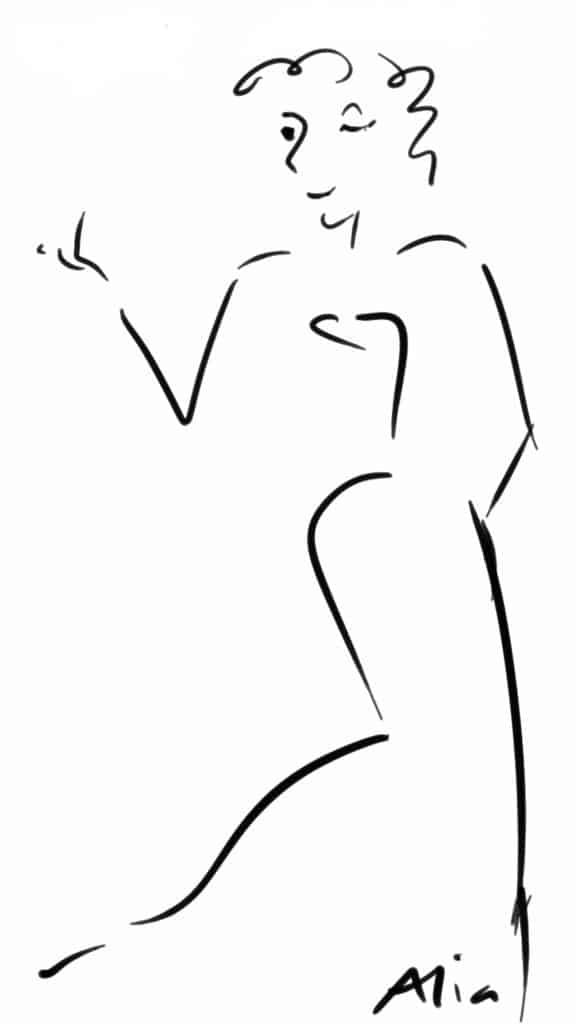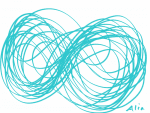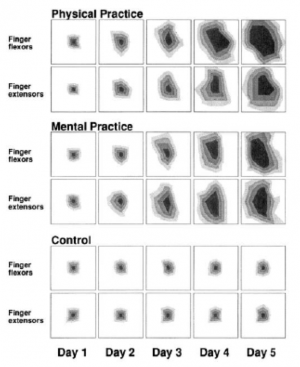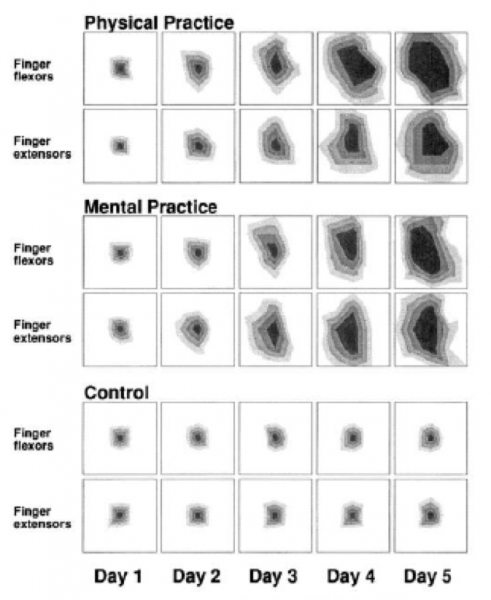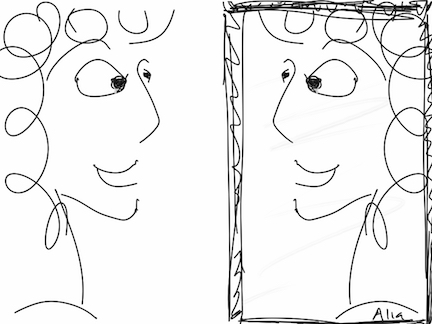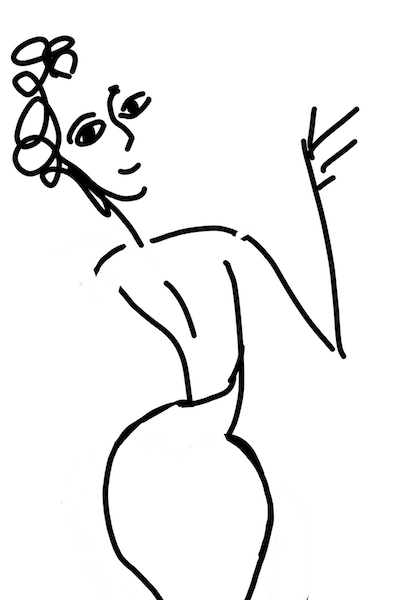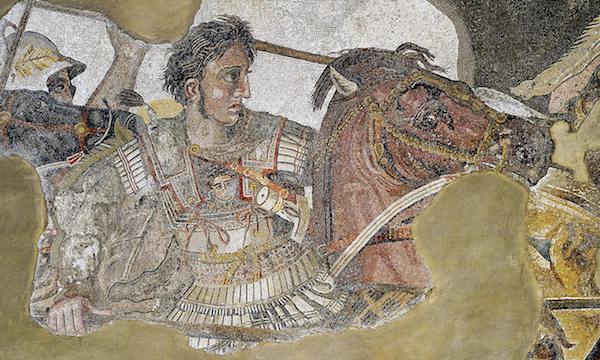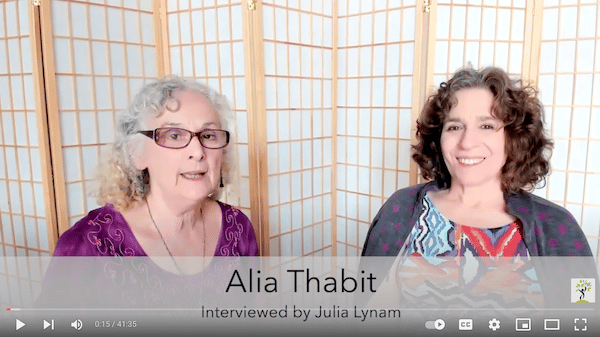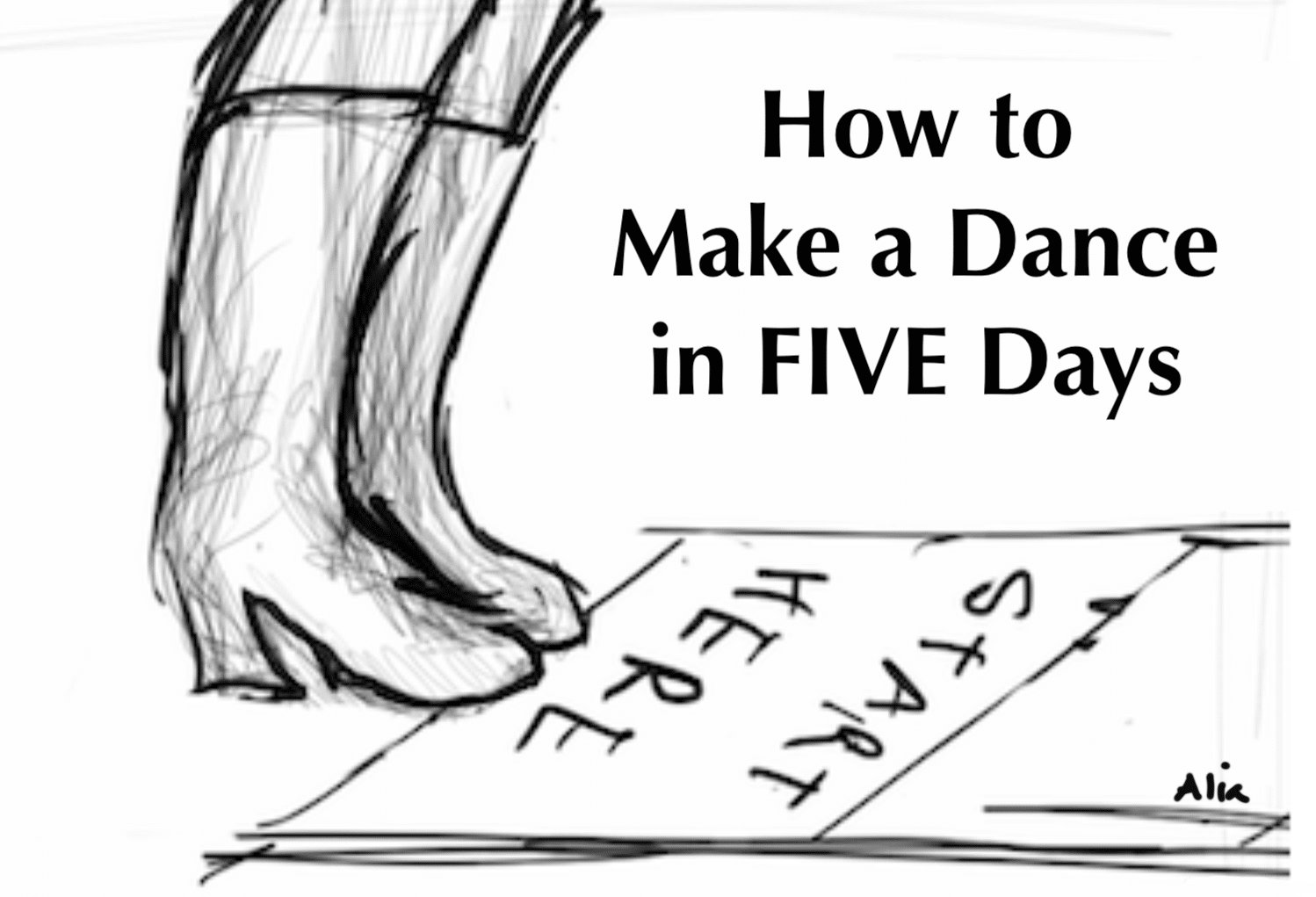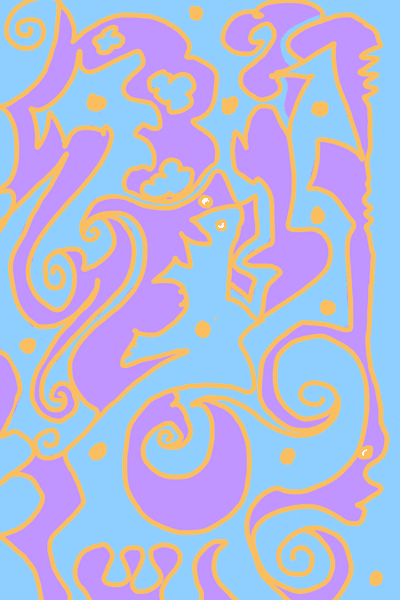I remember being in a drugstore in California, quite a few years ago. It was kinda drab in general, but they had this fancy Dr. Scholl’s machine to analyze feet and tell you what kind of insole would be best for you. It had a footpad and a screen to see your results. You stood on the machine, pressed the button, and Boom. So of course, I kicked off my shoes and hopped on. The machine did its work, and the screen showed me an image of the soles of my feet.
Um.
According to the readout, the places where my feet the touched the footpad were vastly outnumbered by the places they did not. I was not even sure how I was walking around. The readout recommended every high-level insole there was, implying that I would need about five different insoles to cover all the missing contact points.
Honestly, it was horrifying. I jumped off, tugged my shoes on, and got the hell out of there.
More recently, I’ve been exploring a different way to make the basic moves of belly dance; a feet-first model. One of the practices is slowly moving the weight around the edges of the feet. I thought about my shoes, how the outer corners of the heels always wear away first. So I started paying special attention to the inner corners of my heels. Imagine my surprise to feel a whole new set of muscles come to life! And my bigger surprise when that set of muscles had an immediate impact on my posture, and more.
What’s odd is that I have done things like this many times before and never noticed this change. I have done some intense bodywork in the past months, so it’s possible I was simply not able to connect to these places before. Physical blocks are often a cascade of compensatory holding that is invisible to us–until it’s relieved. I am very happy to have this access now.
Back to that different model of making moves. I’ll be releasing it this month in the upcoming FUN Class series,
Philosophy of Belly Dance 101.
In this series, we will look at some of the less-visible, yet core principles of belly dance, things that are rarely taught, because people don’t always notice them. I am lucky in that I started learning back in the 70s and I had a native teacher in Ibrahim Farrah. In addition, I have always looked at this dance as a cultural expression, and focused my learning and exploration on this value. I have been in this dance as my primary movement practice for over 50 years, and I have picked up a few things along the way ; )
And yes, we will start feet-first–with our feet on the ground, using gravity and connection to power presence and fluidity!
Please have a look!
It’s going to be such a cool series! Please do join us!
Glad to be with you, as always. Glad you are in my life, as always.
All my love,
Alia

